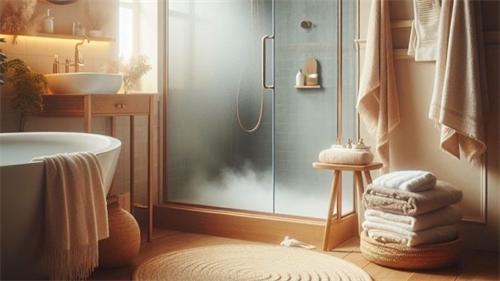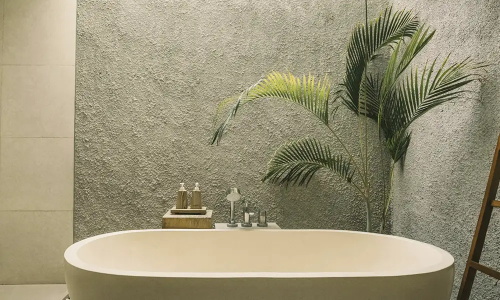How Tackling Bathroom Humidity Boosts Your Health and Comfort?

High humidity in bathrooms isn’t just an annoyance—it creates the perfect breeding ground for mold, dust mites, and volatile chemicals that can aggravate allergies, asthma, and even eye and skin irritation. By upgrading your ventilation, adding targeted dehumidification, and adopting simple daily habits, you can reclaim a fresher, healthier home environment that supports better sleep, clearer airways, and peace of mind.
The Hidden Health Hazards of Excessive Humidity
Bathrooms routinely spike to over 80% relative humidity during and after showers, fostering mold growth that releases spores into the air. These spores can trigger allergy-like reactions—coughing, sneezing, itchy eyes—and exacerbate asthma symptoms in sensitive individuals. Even people without known allergies may experience chronic sinus congestion, skin rashes, or headaches when mold levels climb unchecked.
Beyond mold, sustained dampness invites dust mites—microscopic pests that feed on skin flakes and flourish above 50% humidity—and concentrates volatile organic compounds (VOCs) from plastics like PVC shower curtains, which can irritate the respiratory tract and even disrupt hormonal balance. Over time, untreated moisture damages paint, grout, and wood, leading to costly repairs and hidden leaks that further compromise indoor air quality.
Three Simple Fixes You Need Now
1. Upgrade Your Ventilation System
Install or replace your exhaust fan with one rated for your bathroom’s size (typically 1 CFM per square foot). Run it during showers and leave it on for at least 30 minutes afterward to clear trapped moisture. For an even smarter solution, consider automatic fans with humidistats that kick on when humidity climbs above 50%.
2. Embrace Targeted Dehumidification
In bathrooms without windows or with chronically high humidity (over 60%), a compact dehumidifier can make a big impact. It helps maintain relative humidity within the safe range of 30 to 50% by continually drawing out moisture, which inhibits the growth of mold and dust mite. Empty it often and place it close to the tub or shower; alternatively, choose versions with autodrain connections.
3. Adopt Proactive Habits and Maintenance
● Squeegee After Every Shower: Quickly remove water from walls and glass to prevent pooling.
● Air It Out: Crack the bathroom door or window (if available) whenever possible, even on cold or rainy days, to exchange stale air.
● Keep Linens Dry: Hang towels and bathmats so they fully air-dry between uses, and launder weekly to remove spores.
● Inspect and Seal: Check grout and caulk quarterly; repair any cracks or gaps to block moisture intrusion.
l Use Water-Resistant Finishes: Consider mold-resistant paint or grout additives for an extra barrier against dampness.
By integrating these three fixes into your lifestyle, you’ll not only banish bathroom humidity but also foster a healthier living space: fewer allergy flares, deeper rest, and a home that feels—and smells—crisp every day. Start today: flip on that exhaust fan, invest in a small dehumidifier, and make those new squeegee and seal-check rituals part of your routine.



